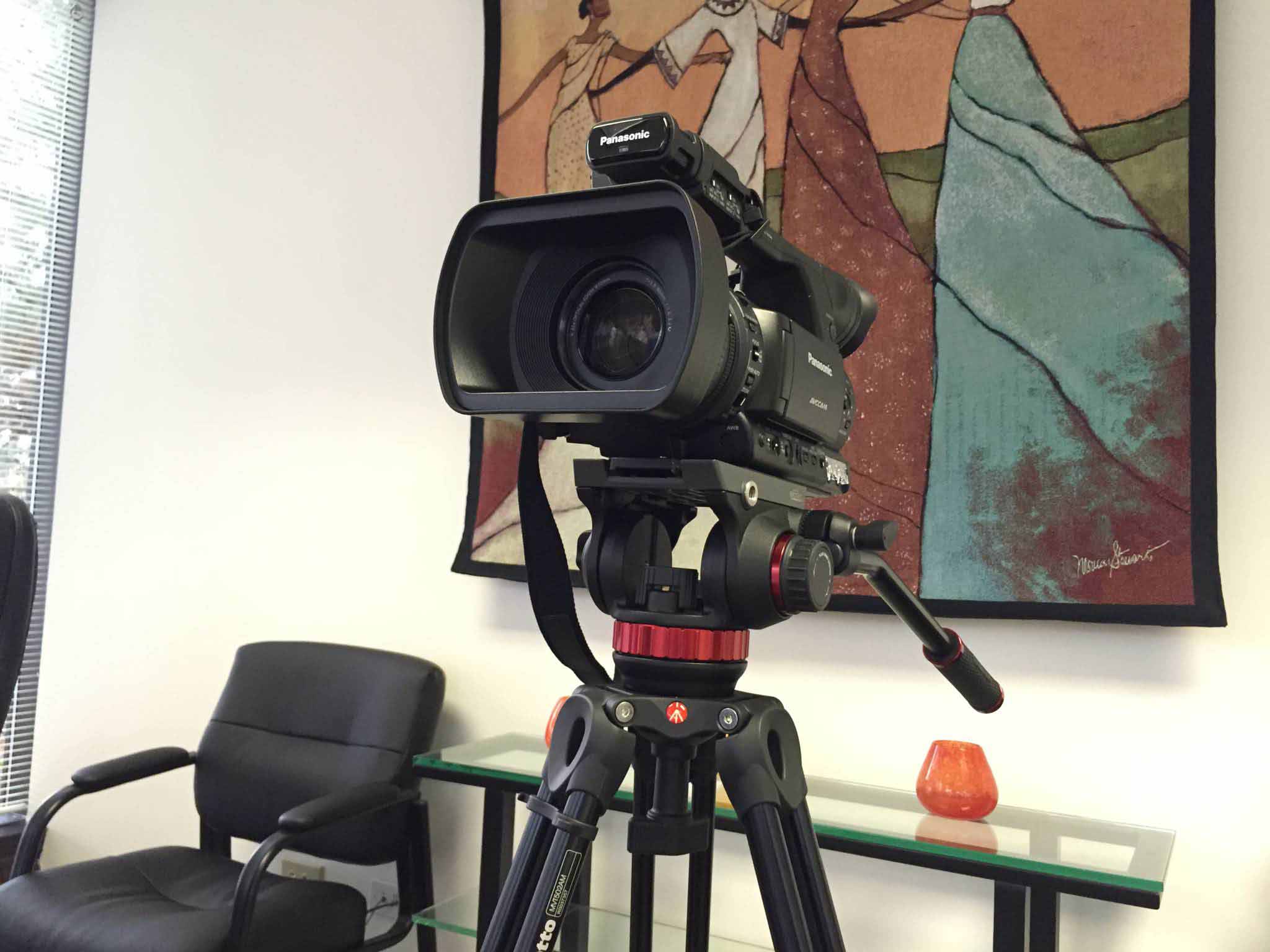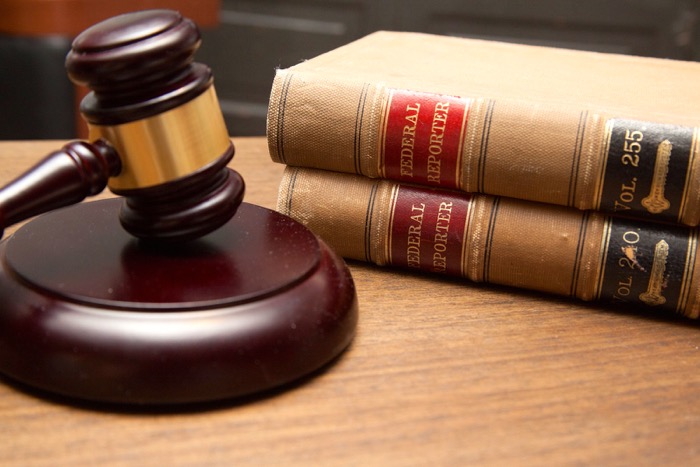How durham reporting Impacts Legal Proceedings Across All Court Levels
Recognizing How Court Reporting Works: A Secret Component in the Justice System
Court coverage plays a crucial function in the lawful system. It assures that all court room procedures are recorded precisely. Court press reporters utilize customized devices and methods to create verbatim transcripts. These transcripts serve different purposes, consisting of charms and lawful clearness. Recognizing the details of court reporting exposes its value in maintaining the honesty of justice. What obstacles do court reporters encounter in this progressing area?
The Duty of Court Reporters in the Legal System
Stenotype reporter play an important function in the lawful system, guaranteeing accurate and trusted paperwork of court procedures. They are liable for catching every spoken word during tests, hearings, and depositions, creating a verbatim transcript that functions as a long-term document. This documents is important for appeals, offering a foundation for greater courts to evaluate cases.In enhancement to transcribing spoken language, stenotype reporter likewise help with interaction in between attorneys, courts, and other parties associated with legal issues. Their job advertises openness and accountability within the judicial process.Utilizing specialized tools and software, stenotype reporter must stay concentrated and attentive, typically functioning under pressure to meet tight deadlines. Their transcripts are not just important for legal reference however additionally for maintaining the honesty of judicial procedures. Inevitably, court press reporters add considerably to the reasonable management of justice, guaranteeing that all voices are listened to and taped properly.
Necessary Abilities Needed for Court Coverage
Court reporting demands an unique set of skills that are essential for precision and performance. Mastery of stenography strategies, solid listening and comprehension capabilities, and meticulous focus to detail are crucial for success in this field. These skills make it possible for stenotype reporter to generate dependable transcripts that offer as vital records in the legal system.
Mastery of Stenography Techniques
While understanding stenography methods is necessary for aspiring court reporters, it needs dedication and method to develop the necessary skills. Stenography includes utilizing a specialized keyboard to record talked words in actual time, making accuracy and rate essential. Court press reporters have to discover to utilize shorthand symbols and establish muscular tissue memory to assure efficient transcription. Regular practice with dictation exercises assists in enhancing keying rate, while experience with lawful terms enhances understanding during process. Recognizing the phonetic structure of the English language is significant, as it aids in precisely catching dialogue. Ultimately, effectiveness in stenography not just assists in effective interaction within the court room but likewise promotes the integrity of the lawful process.
Solid Listening and Understanding
Effective court reporting hinges not only on stenography abilities however also on strong listening and comprehension capabilities. Stenotype reporter have to proactively listen to statements, legal disagreements, and dialogues, ensuring they comprehend the subtleties of talked language. This skill assists in exact transcription of complex legal process, where every word issues. Understanding expands past surface-level understanding; reporters should interpret context, tone, and intent to catch the significance of discussions properly. Furthermore, they commonly run into specialized terms and jargon, requiring fast adjustment and retention of info. The ability to manufacture what is listened to while all at once transcribing is vital, as it assures the integrity of the official record. Solid listening and understanding are indispensable in supplying precise and reputable court records.
Attention to Detail
Interest to information is a fundamental ability for stenotype reporter, enhancing their listening and comprehension capabilities. This precision guarantees that every spoken word, inflection, and nuance is recorded precisely in transcripts. Stenotype reporter must diligently keep in mind lawful terms, names, and complex dialogue to supply reputable documents for lawful procedures. A small oversight can cause substantial consequences, possibly affecting situation outcomes (durham reporting). Furthermore, court reporters usually function under stress, needing them to preserve focus and accuracy in busy environments. Their attention to information not just boosts the stability of the judicial procedure but also cultivates trust amongst legal professionals. Inevitably, this skill is vital for creating records that serve as conclusive documents in litigation, ensuring justice is promoted
The Technology Behind Court Coverage
As court coverage develops, the modern technology utilized by experts in the area has become progressively sophisticated. Traditional shorthand writing has mostly been supplemented by advanced digital devices that enhance rate and precision. Stenographic equipments, outfitted with specialized software application, permit stenotype reporter to record spoken words in real-time, converting them into message instantaneously. This technology not just speeds up the transcription procedure yet likewise reduces the capacity for errors.Moreover, voice recognition software is arising as a useful asset, making it possible for automated transcription from audio recordings. This development provides an alternative for creating records when a human press reporter may not be readily available. In addition, cloud-based storage options help with simple access and sharing of transcripts amongst attorneys, making certain that crucial information is readily available. As these modern technologies continue to advance, they play a vital duty in preserving the honesty and effectiveness of the justice system, eventually sustaining the vital job of stenotype reporter.
The Refine of Recording Legal Process
The process of transcribing legal process calls for a blend of ability and innovation to identify precision and effectiveness. Court reporters utilize specialized equipment, such as stenographic makers, to capture spoken words in real-time. This technology makes it possible for the press reporter to convert discussion right into text, assuring that every statement made throughout a test or hearing is documented.Once the session wraps up, the initial records undertake editing and enhancing for clearness and comprehensibility. Press reporters might additionally integrate audio recordings to cross-reference and confirm the accuracy of their transcriptions. This precise process warranties that the final paper shows an accurate account of the proceedings.Additionally, stenotype reporter should preserve a detailed understanding of legal terminology and court room procedures to successfully convert talked language right into written form. Their know-how not just help in producing reliable records but likewise supports the legal system by supplying important paperwork for charms and future recommendations.
Making Sure Accuracy and Stability in Court Records
Making sure accuracy and stability in court records is extremely important for the judicial process. Stenotype reporter play a critical function in recording procedures precisely, while improvements in innovation boost their capacity to keep high standards. In addition, supporting confidentiality standards is necessary to protect delicate details within lawful records.
Role of Court Reporters
Stenotype reporter play an important function in the judicial system by recording exact and verbatim accounts of lawful procedures. Their key responsibility is to ensure that every spoken word is recorded specifically, offering a dependable record that can be referenced in allures and future instances. By making use of customized equipment and strategies, stenotype reporter preserve the integrity of the court document, assisting in openness and accountability in the legal procedure. They likewise aid courts, lawyers, and other attorneys by supplying transcripts that are vital for recognizing instance details and legal debates - durham reporting. The precision of a court press reporter's work straight affects the results of situations, underscoring their considerable contribution to the quest of justice and the regulation of legislation
Modern technology in Coverage
Innovations in technology have actually significantly changed the field of court reporting, enhancing the precision and integrity of court documents. Modern court reporters utilize advanced Get the facts devices such as stenographic equipments and digital audio recording devices, assuring accurate transcription of spoken words. These tools permit real-time transcription, which provides prompt accessibility to court proceedings and promotes timely decision-making. Furthermore, software application outfitted with sophisticated algorithms help in identifying and remedying mistakes, further strengthening the dependability of tape-recorded information. The integration of cloud storage remedies assures that documents are securely archived and easily retrievable, reducing the threat of loss or damage. On the whole, these technological innovations play an important duty in maintaining the top quality and dependability of court documentation in the justice system.
Keeping Privacy Standards
An important element of court coverage is keeping confidentiality requirements, which are crucial for guaranteeing the accuracy and integrity of court records. Stenotype reporter are left with sensitive information, calling for stringent adherence to moral guidelines and legal stipulations. This discretion safeguards not only the privacy of the included parties but also the reliability of the judicial process. Press reporters use secure methods for handling and saving records, often using file encryption and limited gain access to methods. Furthermore, they must navigate the complexities of different lawful frameworks that control privacy in different territories. By promoting these requirements, stenotype reporter contribute substantially to the integrity of court documents, cultivating rely on the justice system and making certain that lawful proceedings can be carried out with the utmost professionalism and respect for personal privacy.
Different Types of Court Coverage Solutions
While the legal landscape remains to progress, the selection of court reporting services readily available has actually increased substantially to fulfill diverse demands. Traditional court coverage remains vital for recording verbatim transcripts throughout tests and depositions. Added solutions have actually arised, consisting of real-time coverage, which supplies prompt accessibility to transcriptions as they are created, beneficial for lawyers and judges.Video court reporting has additionally acquired popularity, permitting for visual documentation of witness statements, enhancing the document with non-verbal hints. Remote court reporting has actually come to be increasingly appropriate, using digital deposition solutions to fit geographical constraints.Lastly, some court reporters specialize in captioning solutions for the hearing damaged, guaranteeing ease of access in lawful process. This diverse series of court coverage solutions allows attorneys to pick the most suitable alternative for their specific scenarios, inevitably boosting the performance and effectiveness of the justice system.

The Future of Court Reporting in a Digital Age

As innovation proceeds to improve the legal field, the future of court coverage is poised for significant find more info modification. The integration of sophisticated tools such as expert system and real-time transcription software program is coming to be progressively widespread. These advancements promise to streamline the reporting process, enabling faster and much more precise documentation of legal proceedings.Moreover, the change in the direction of remote hearings necessitated by worldwide events has accelerated the fostering of electronic systems, allowing court reporters to work properly from numerous locations. This alteration additionally raises questions concerning the preservation of typical skills, as the focus on modern technology might overshadow the nuanced art of shorthand reporting.Nonetheless, human court press reporters continue to be indispensable, providing context, feeling, and competence that equipments can not replicate. As the lawful landscape advances, a crossbreed design that integrates technology with human understanding might specify the future of court reporting, ensuring its significance in an electronic age.
Often Asked Inquiries

What Qualifications Do Court Reporters Required to Work in the Field?
Court reporters typically require a high college diploma, specialized training in court coverage, and accreditation from pertinent professional organizations. Proficiency in shorthand or voice writing and strong language skills are essential for success in this area.
Exactly how Lengthy Does It Take to Become a Certified Stenotype Reporter?
Coming to be a licensed court reporter typically calls for 2 to four years of education and learning, consisting of specialized training and practice. The period differs based on private development, the picked program, and the qualification procedure, affecting total conclusion time.
Can Court Reporters Job From Another Location or Only In-Person?
Court press reporters can work Get More Information both remotely and in-person, depending on the needs of a case. Breakthroughs in innovation have made it possible for many to offer solutions through video clip conferencing, enabling adaptability in their job settings.
What Is the Typical Income for a Court Reporter?
The typical salary for a court press reporter varies by place and experience, typically ranging from $50,000 to $80,000 every year. Elements such as expertise and need can greatly influence specific incomes within the career.
Just How Do Court Reporters Take Care Of Legal Lingo Throughout Procedures?
